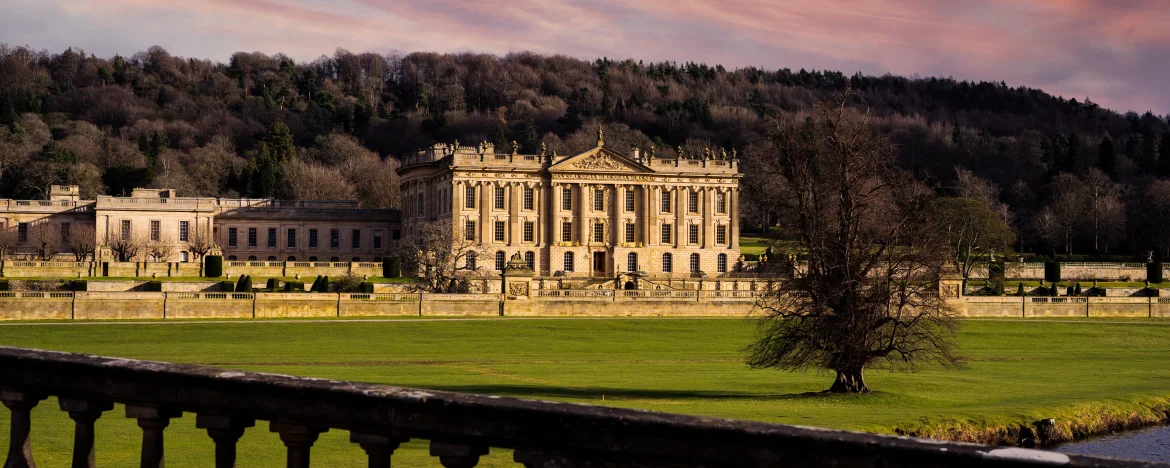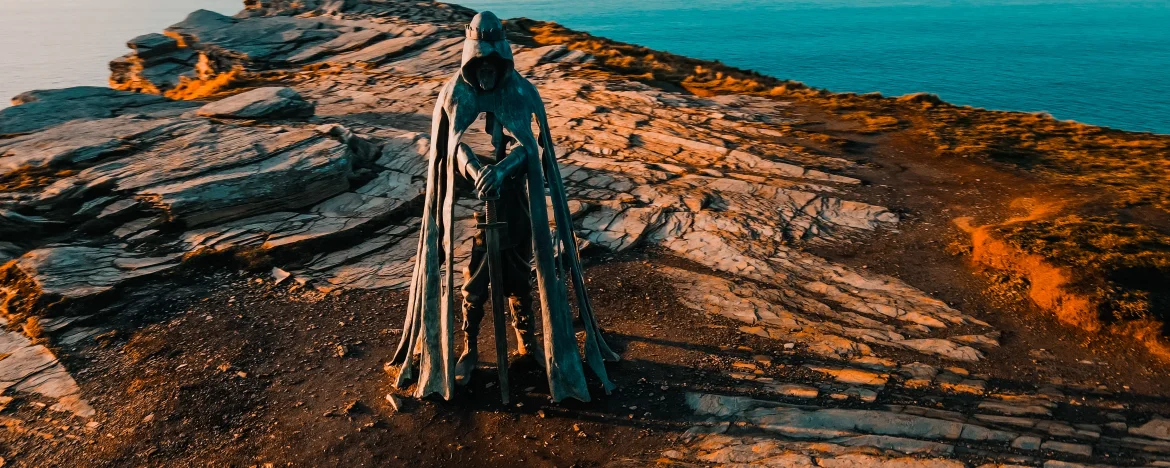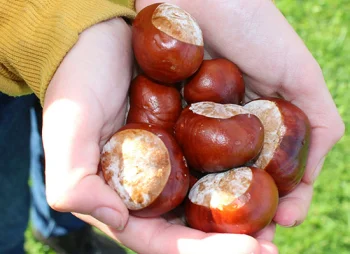You don’t just have to hit the books to appreciate the UK’s rich literary history.
From the Yorkshire Moors, to the Lake District, to the Cornish coast, we’ve compiled a list of our favourite spots to visit following World Book Day.
If you’ve ever been lost in a good book, a truly iconic setting can linger as vividly in your mind as any compelling character. Fictional places like Manderley and Satis House are strong presences in their respective novels, dominating the pages as powerfully as any of the characters who live in their walls.
Sadly, Manderley isn’t a real place (as far as we can tell), but there are many locations around the UK associated with famous writers and stories that are open for visitors.
If you’ve ever wanted to fall into the world of a favourite story – or even if you’re just looking for somewhere new to visit – consider hopping into your new lease car and stopping at some of these famous literary locations on your next road trip.








